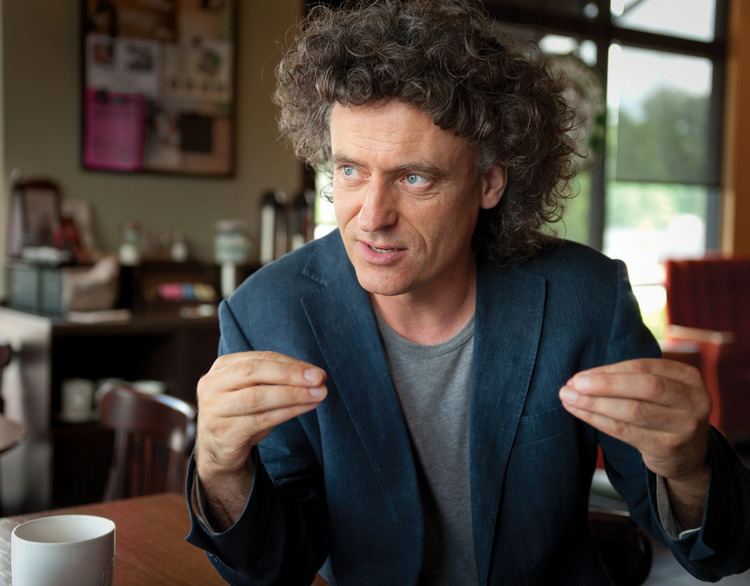Name Antony Valentini | Role Physicist | |
 | ||
Through the wormhole how does the universe work morgan freeman with antony valentini
Antony Valentini is a theoretical physicist and a professor at Clemson University. He is known for his work on the foundations of quantum physics.
Contents
- Through the wormhole how does the universe work morgan freeman with antony valentini
- Hidden variables in modern cosmology antony valentini
- Education and career
- Work
- Quantum equilibrium locality and uncertainty
- Background and implications
- Publications
- Inflationary cosmology as a laboratory for primordial quantum mechanics q a antony valentini
- References
Hidden variables in modern cosmology antony valentini
Education and career
Valentini obtained an undergraduate degree from Cambridge University, then earned his Ph.D. in 1992 with Dennis Sciama at the International School for Advanced Studies (ISAS) in Trieste, Italy. In 1999, after seven years in Italy, he took up a post-doc grant to work at the Imperial College with Lee Smolin and Christopher Isham.
He currently works at the Perimeter Institute for Theoretical Physics. Since February 2011, he is professor of physics and astronomy at Clemson University.
Together with Mike Towler, Royal Society research fellow of the University of Cambridge's Cavendish Laboratory, he organized a conference on the de Broglie-Bohm theory the Apuan Alps Centre for Physics in August 2010, hosted by the Towler Institute located in Vallico di Sotto in Tuscany, Italy, which is loosely associated with the Theory of Condensed Matter group of the Cavendish Laboratory. Among the questions announced for discussion, the organizers included "Why should young people be interested in these ideas, when showing interest in quantum foundations still might harm their careers?"
Work
Valentini has been working on an extension of the causal interpretation of quantum theory. This interpretation had been proposed in conceptual terms in 1927 by Louis de Broglie, was independently re-discovered by David Bohm who brought it to a complete and systematic form in 1952, and was expanded on by Bohm and Hiley. Emphasizing de Broglie's contribution, Valentini has consistently referred to the causal interpretation of quantum mechanics underlying his work as the "de Broglie–Bohm theory".
Quantum equilibrium, locality and uncertainty
In 1991, Valentini provided indications for deriving the quantum equilibrium hypothesis which states that
In 1992, Valentini extended pilot wave theory to spin-
Background and implications
Valentini has been described as an "ardent admirer of de Broglie". He noted that "de Broglie (rather like Maxwell) emphasized an underlying ‘mechanical’ picture: particles were assumed to be singularities of physical waves in space". He emphasized that de Broglie, with the assistance of Erwin Schrödinger, had constructed pilot wave theory, but later abandoned it in favor of quantum formalism.
Valentini's derivation of the quantum equilibrium hypothesis was criticized by Detlef Dürr and co-workers in 1992, and the derivation of the quantum equilibrium hypothesis has remained a topic of active investigation.
"Signal nonlocality", which is forbidden in orthodox quantum theory, would allow nonlocal quantum entanglement to be used as a stand-alone communication channel without the need of a classical light-speed limited retarded signal to unlock the entangled message from the sender to the receiver. This would be a major revolution in physics and would possibly make the cosmic landscape string theory Popper falsifiable.
